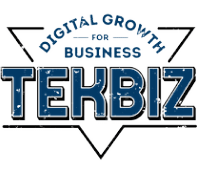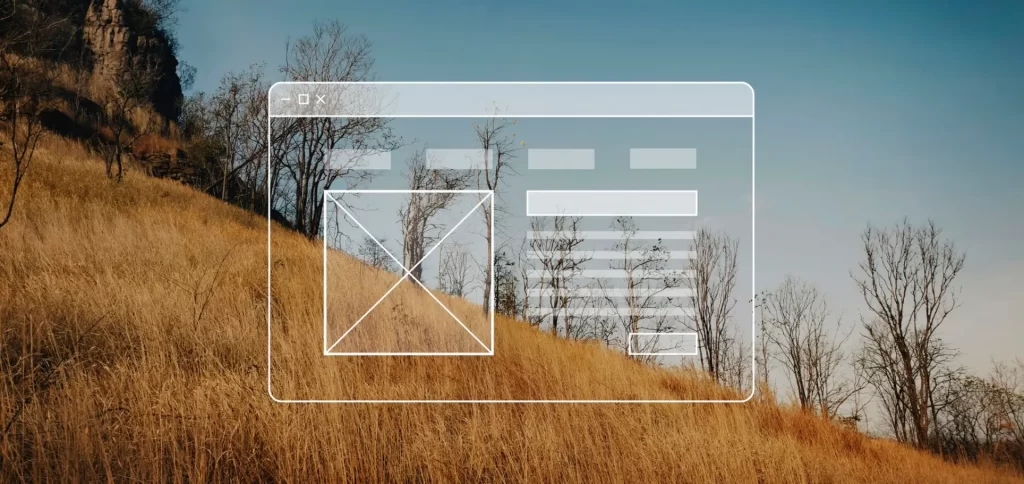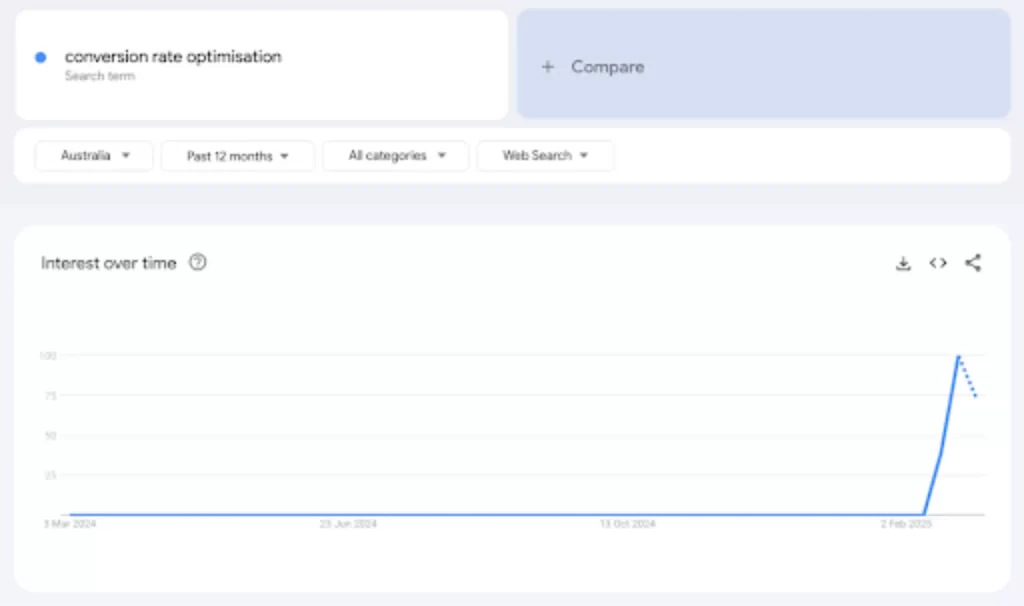Digital marketing and sales work together to create what is commonly referred to as the “customer journey.” That said, many different components have to work together to make that journey a successful one. One such example is the speed at which a website loads, allowing a user to become a paying customer.
Of course, with online sales being largely automated already, how can a company increase the speed at which customers are pushed through the sales funnel? The answer lies in the use of cached websites. Not only is this process ideal for optimising the user experience, but it can also help improve SEO so that more users ultimately find your products and services.
What is a Cached Website?
Though the technology involved in website caching is actually quite complex, the overall concept can be explained in a way that will make it crystal clear to even the least tech-savvy members of your team.
As a demonstration, let’s imagine you have to solve a simple math problem: 10 x 5. Chances are, you’ve had to do equations like these thousands of times in your life. For that reason, you won’t need to diagram it, count on your hands, or get out your calculator – you just KNOW the answer. However, were you to ask your second-grade niece to do the same problem, it might take her more time due to her sheer inexperience with multiplication. In this example, you are a cached website, and your niece is a standard site.
You see, when your customers open up their browsers and load a website they’ve never visited before, the browser has to request all the information from the server hosting the page. This means individually loading all the images, sidebars, blog posts, and widgets. Generally, this can take quite a long time, which negatively affects the user’s experience.
On the other hand, Cached websites encourage the browser to store various aspects of the website as HTML files on the user’s hard drive. This allows the page to load much faster on subsequent visits, as most of the images, sidebars, and widgets will already be on the user’s computer. From a business perspective, this means your customers get a better user experience each time they return to your site.
Benefits of Using Cached Websites
It’s not uncommon to have questions regarding how caching works and why it’s worth doing in the first place. The most obvious question is how the process reacts to changes on the website. The answer to that is quite simple: the server tells the browser to delete the previous cache in favor of a new one. This won’t happen for the entire site, of course, just the specific page that has changed. In many cases, the difference in speed between a static cached site and one with new content on it is entirely negligible. Below, we’ll outline some other benefits of using cached websites.
Faster Site Loading
Site loading times are crucial to the user experience. When sites take too long, go dead, or give back a page loading error, consumers tend to get frustrated and seek out information elsewhere. Should this happen while they are in the middle of the sales funnel, you might lose that sale (and potentially lose the customer altogether).
But with a cached site, you can optimize your conversion rates, improve your customer experience, and generally guarantee users will return. At the same time, your faster web presence will help contribute to your SEO efforts, as search engines rank faster sites much higher than others.
Better Widgets, Images, etc.
There is always a bit of a tug of war going on when companies design their websites. They might really want that cool new widget, those ultra-high-resolution photos, or that cool new video the social media team developed. However, if these slow the website’s loading too much, they might not be worth the risk of driving off customers.
With a cached website, you can include those elements and not have to worry about them ruining the user experience. Once a visitor comes to your site once, their browser will store data for the future so that all your site elements load nice and smooth.
Improved Mobile User Access
Sales don’t just happen on a home computer anymore. Indeed more and more shoppers are using their mobile phones to browse for products and make purchases of all sizes. However, many mobile users have bandwidth restrictions that can cause sites to load slowly or fail to load at all. With a cached website, you can ensure optimum site loading (and more conversions) regardless of what device your audience is using.
Conclusion
The growth of digital marketing and sales has made reaching your audience easier than ever. At the same time, it has drastically altered what consumers want from a website experience. Unfortunately, those companies that fail to invest in optimisation techniques like caching run the risk of losing their hard-won customers to companies that do.
For businesses with a dedicated IT team, caching a website can be a relatively fast, in-house process. For those that don’t have web designers and programmers on staff, it’s often necessary to outsource such services to a third-party. Luckily, there are many digital marketing companies out there that can help businesses make the switch.
As a bonus, these same service providers can help companies make the most of their new cached website with unique features designed to increase conversions, boost sales, and accomplish other optimisation tasks.
Related Posts
Tekbiz Studio
April 20, 2025
Tekbiz Studio
April 2, 2025
Tekbiz Studio
April 2, 2025
Tekbiz Studio
March 30, 2025
Tekbiz Studio
March 30, 2025
Tekbiz Studio
March 30, 2025






